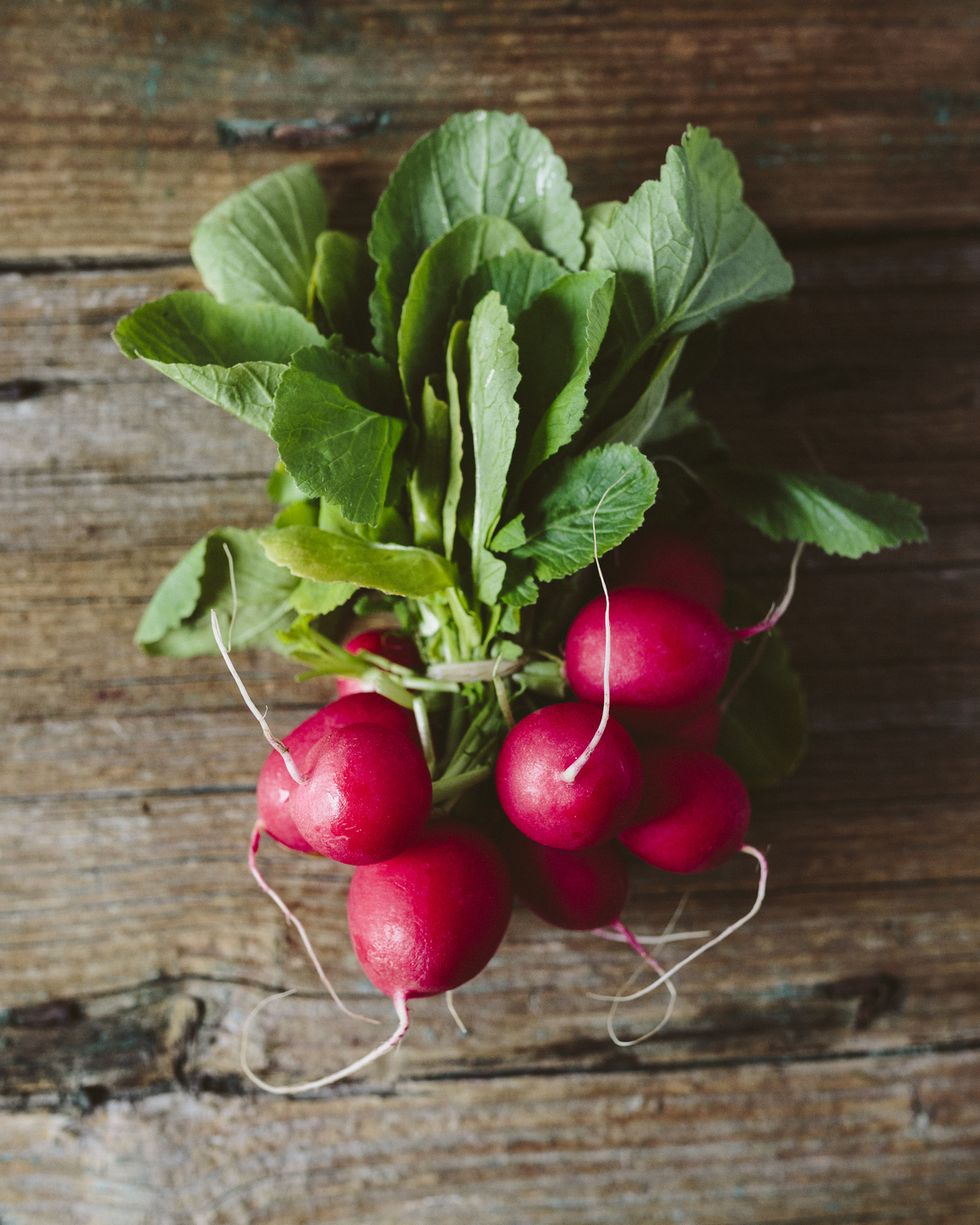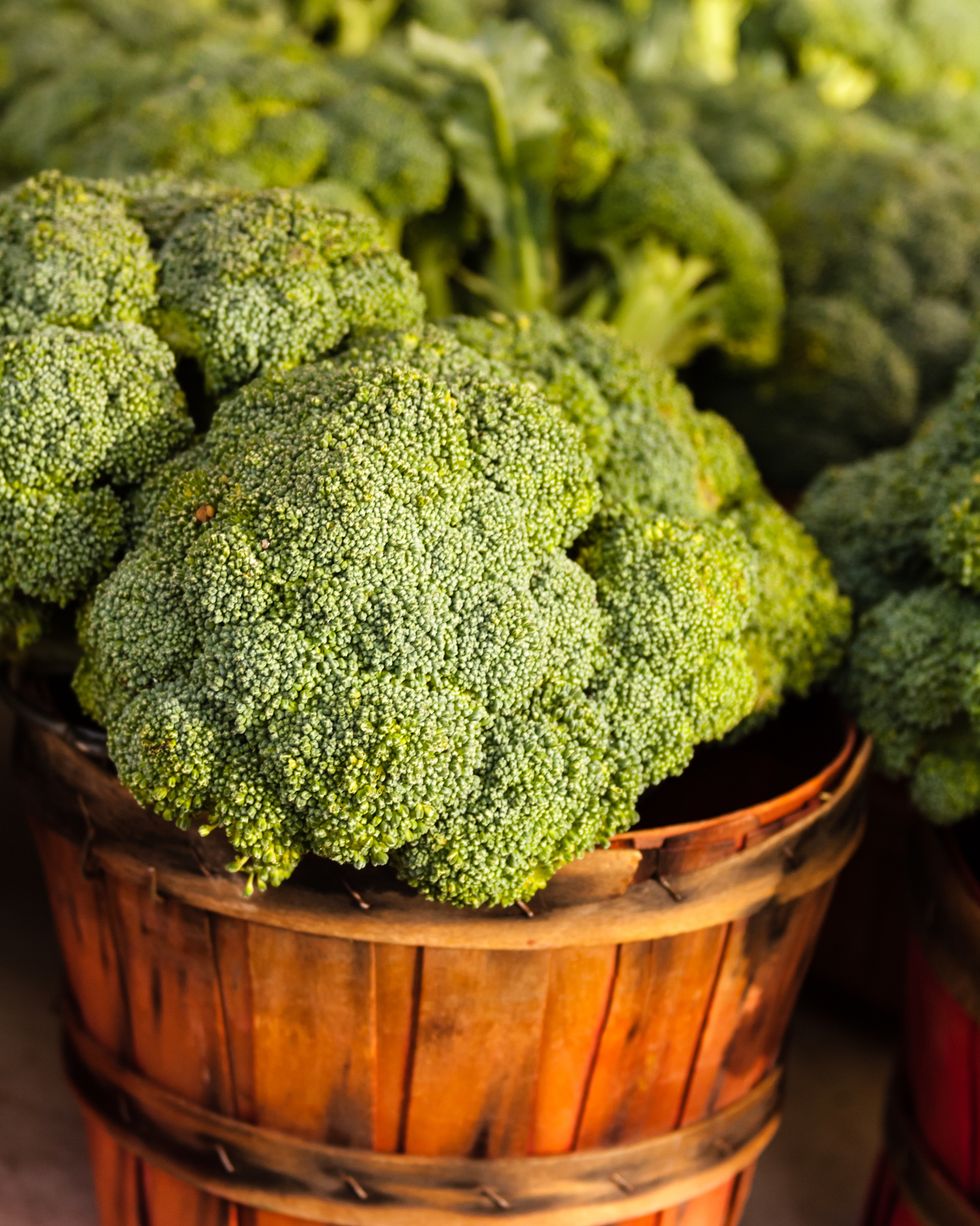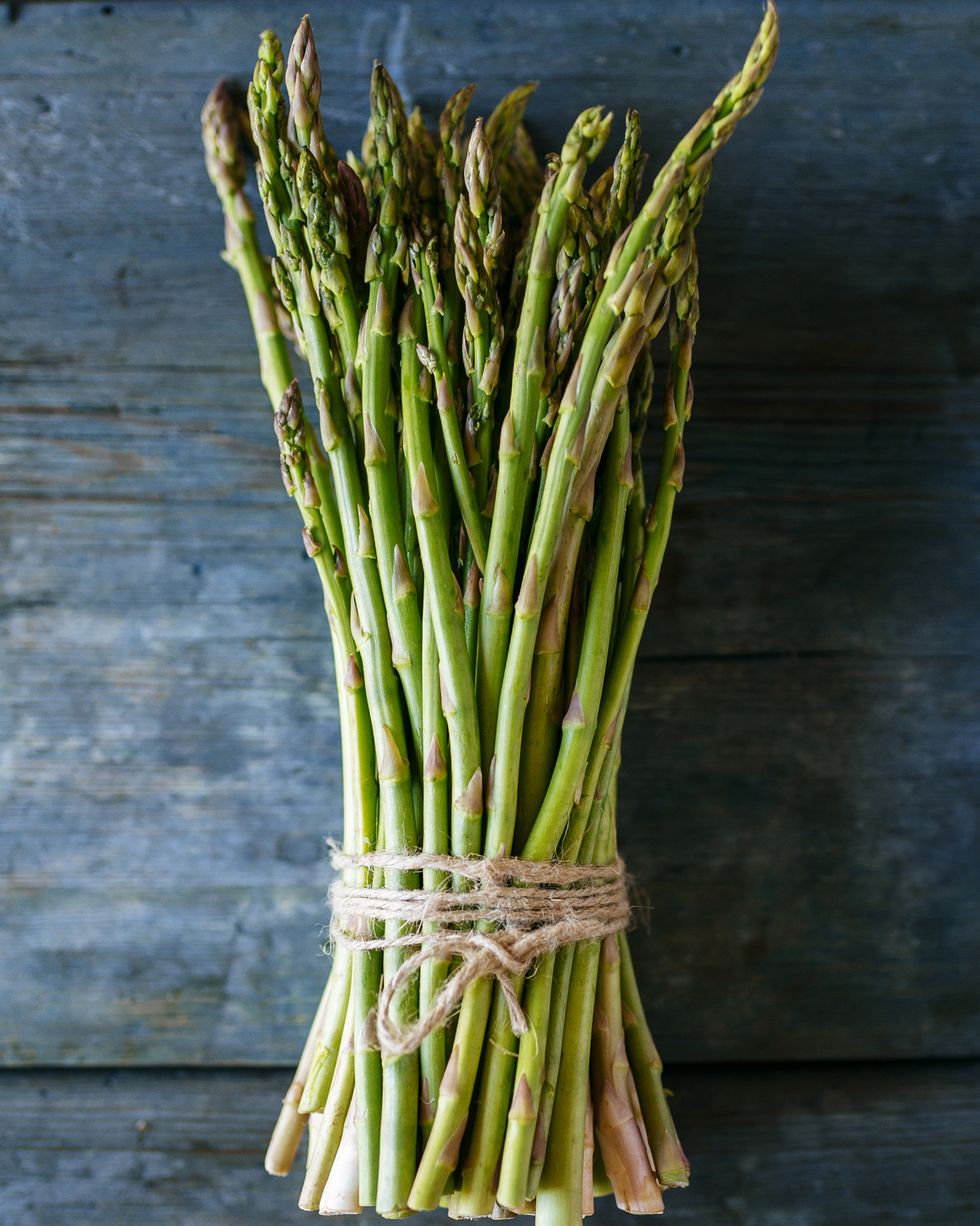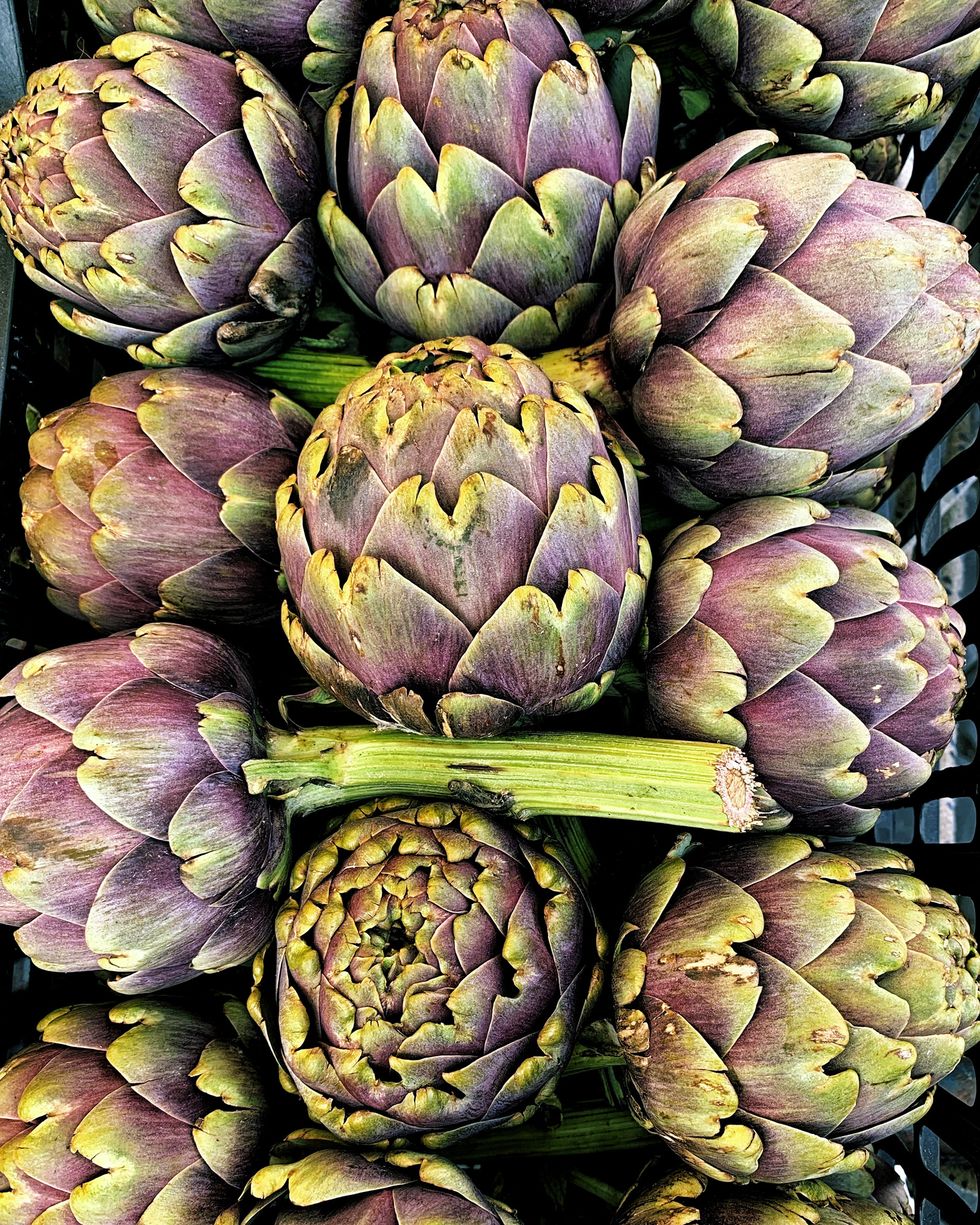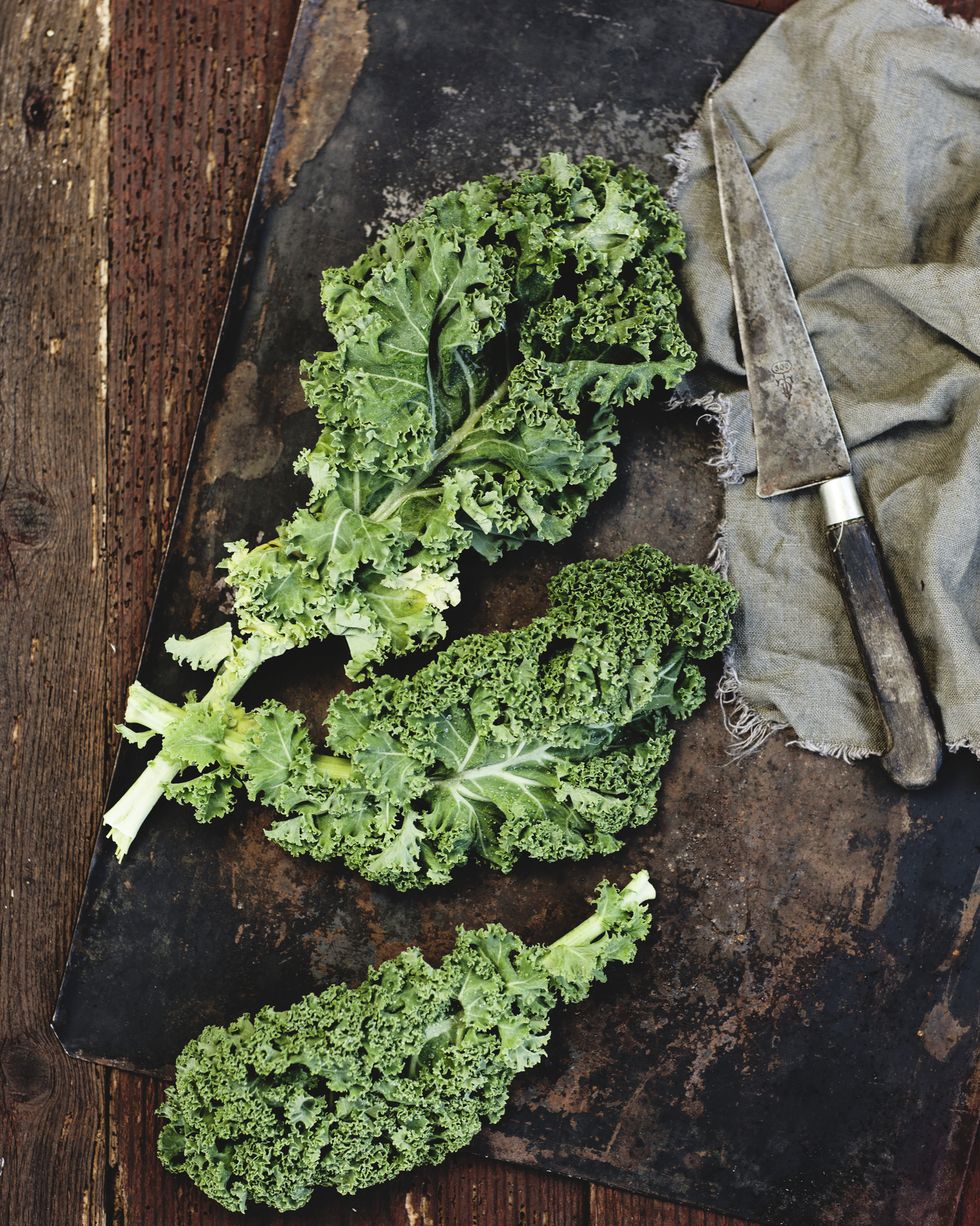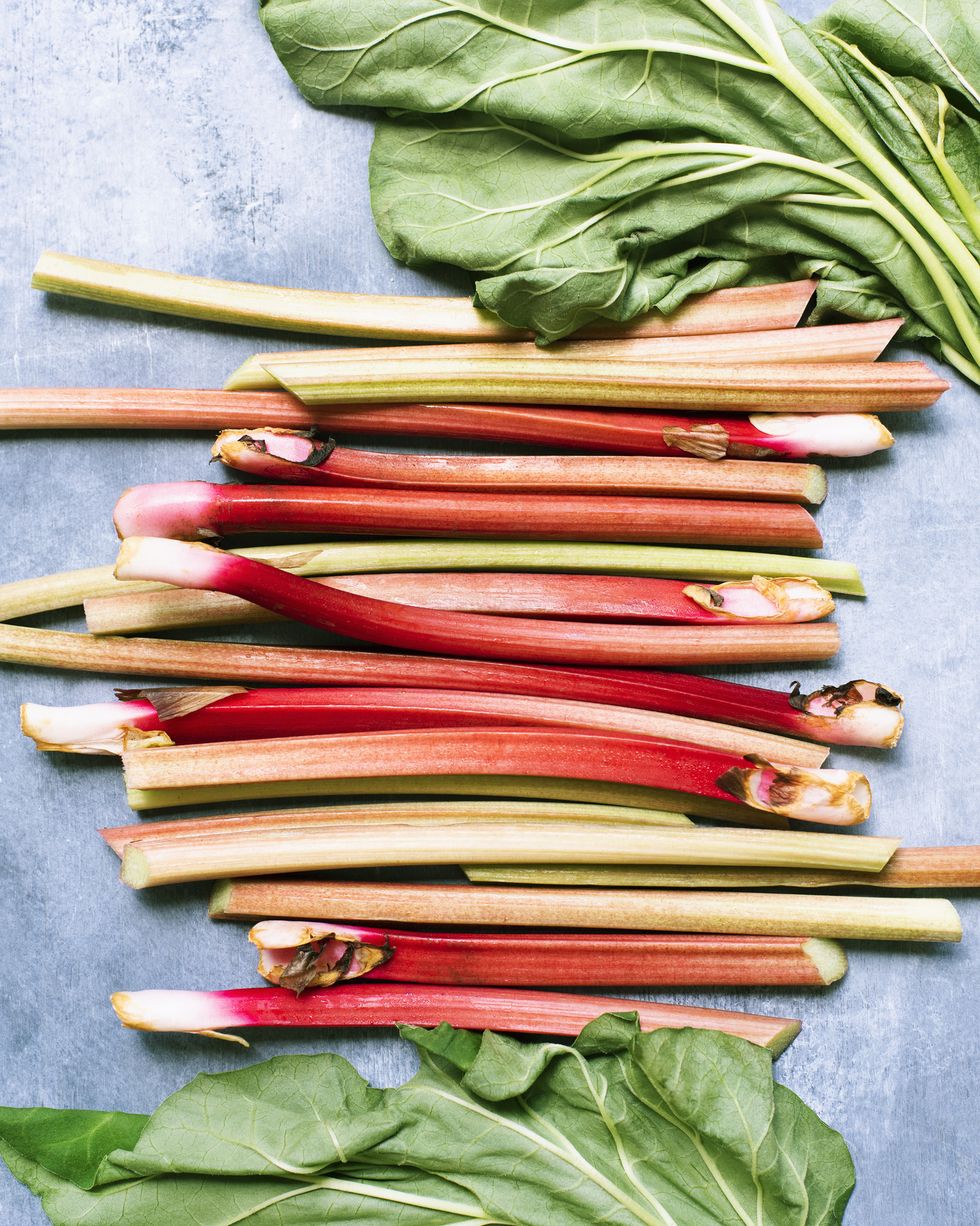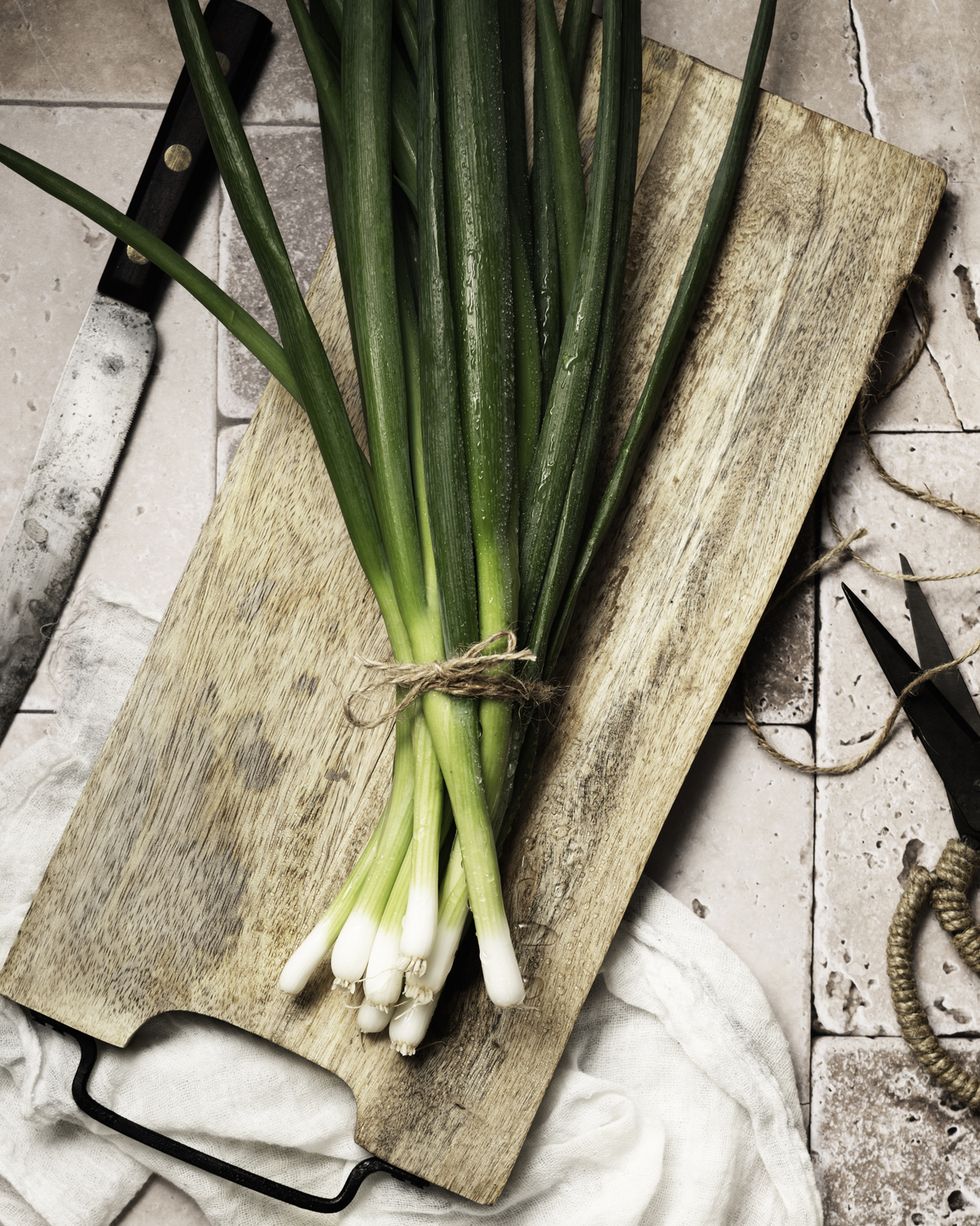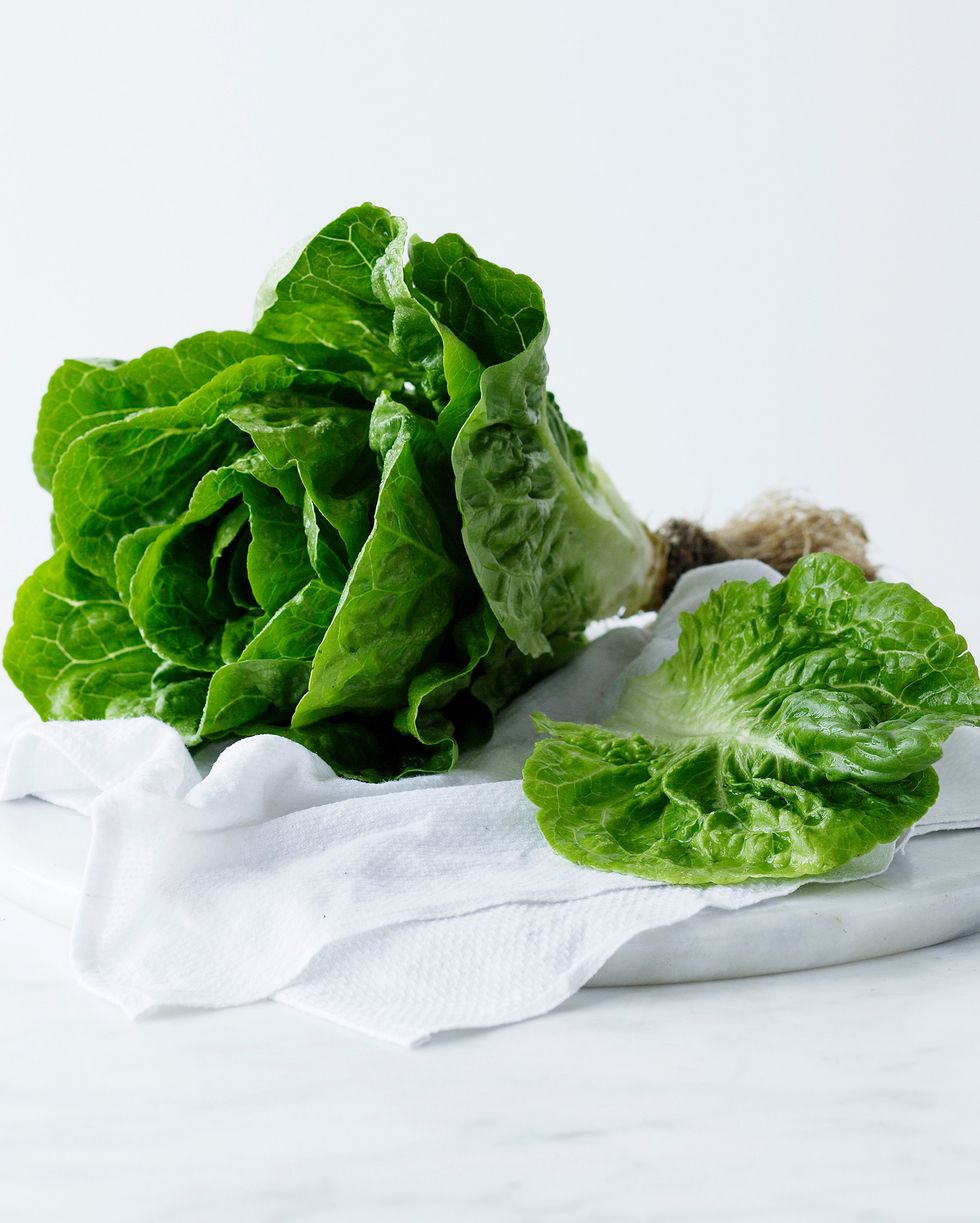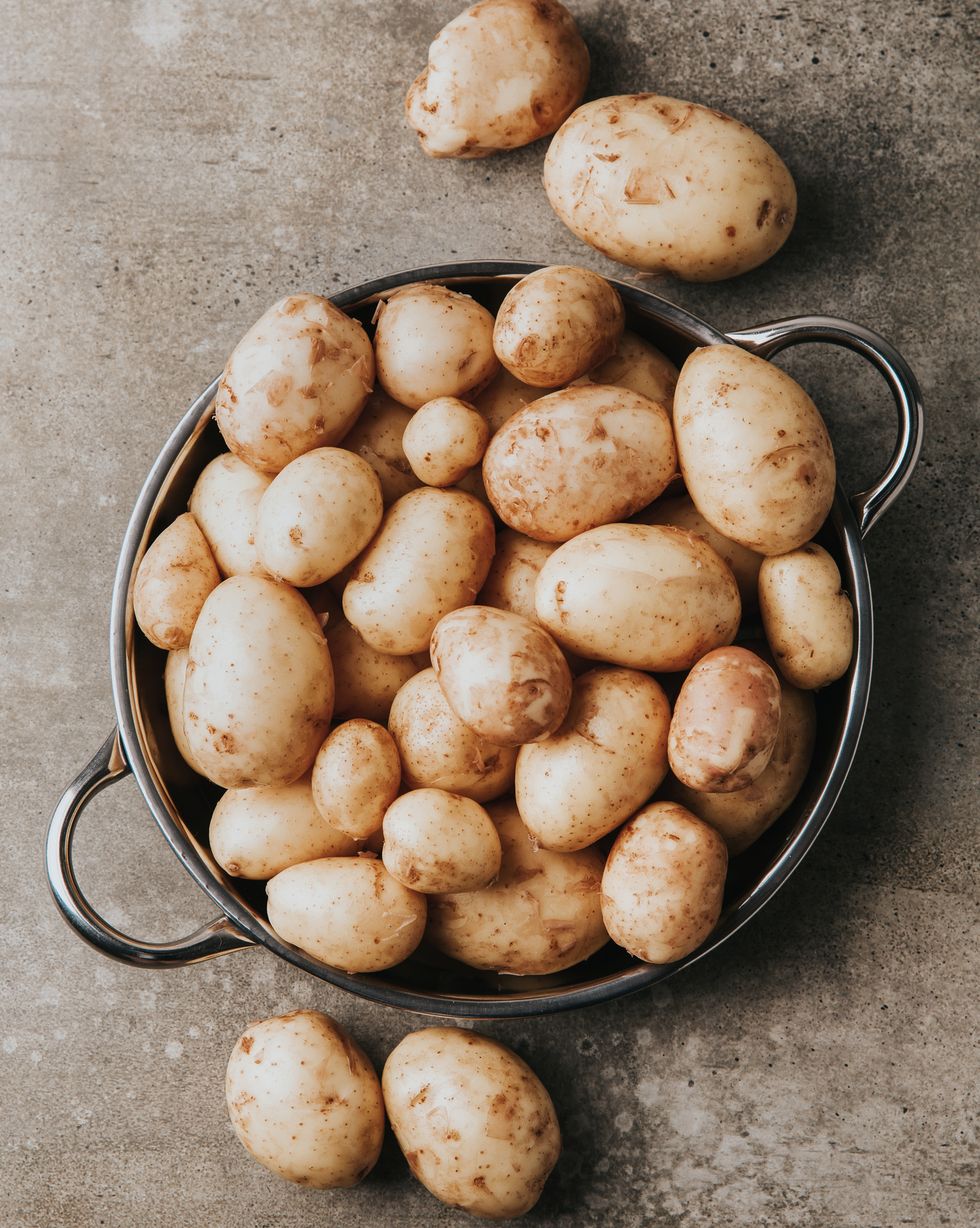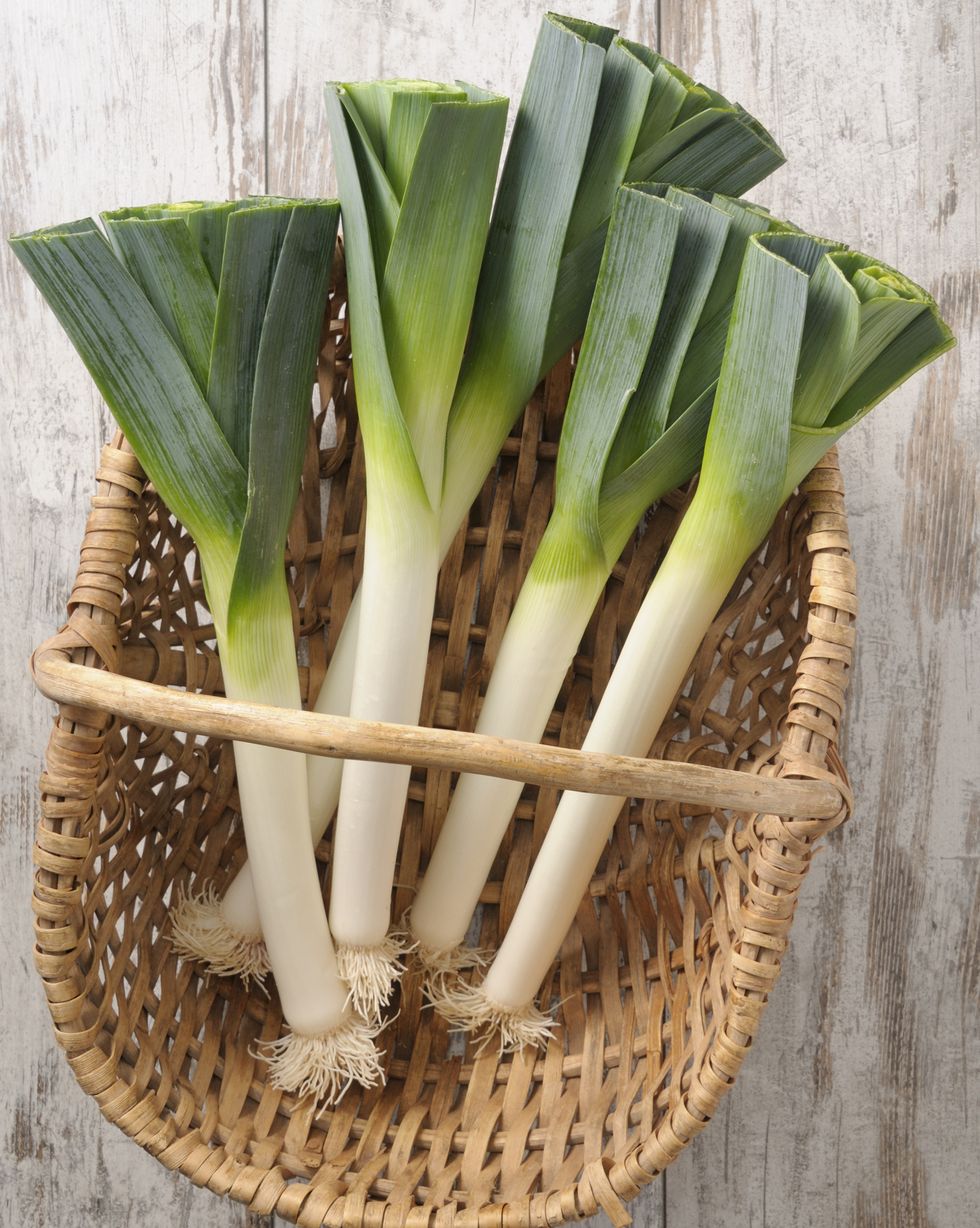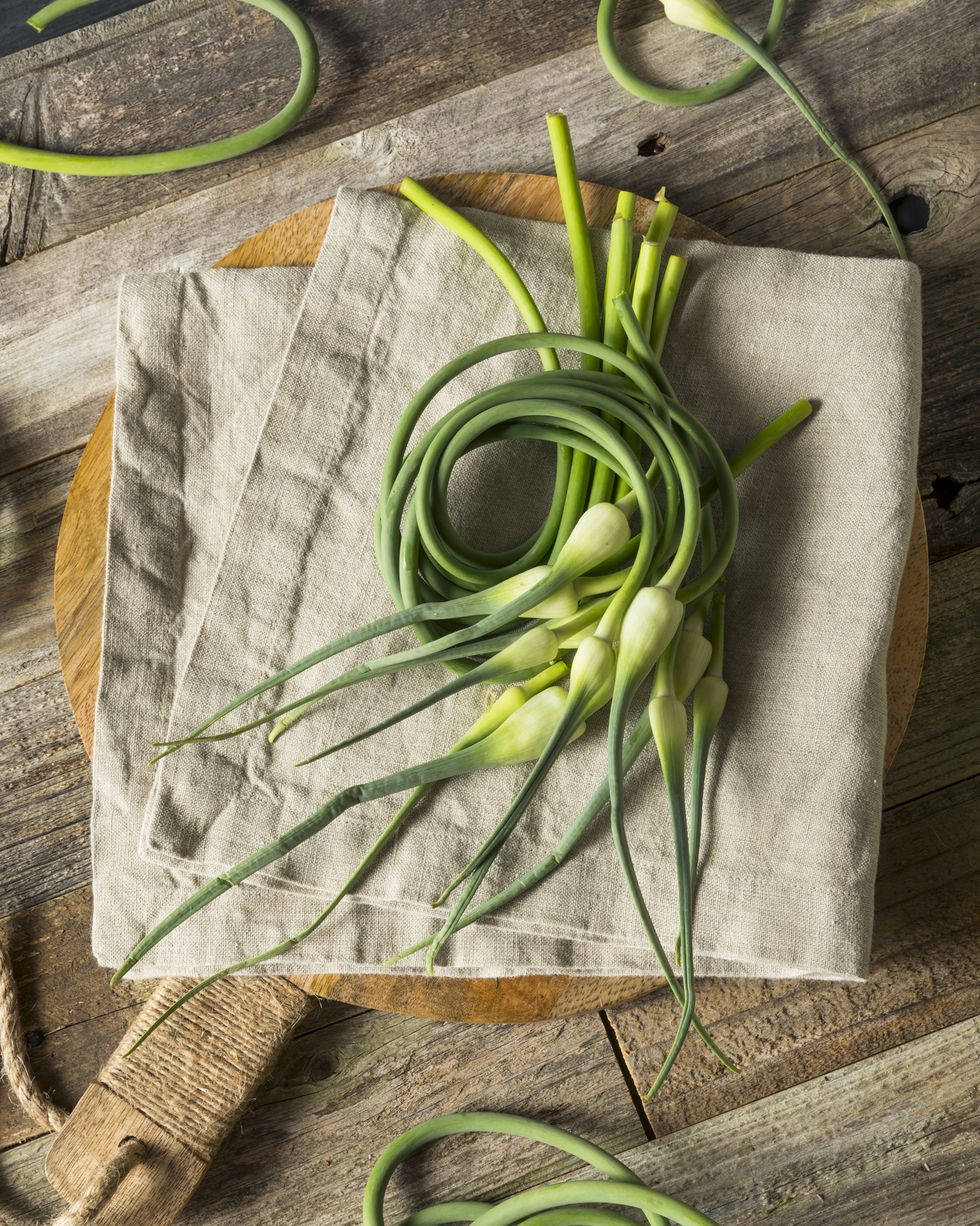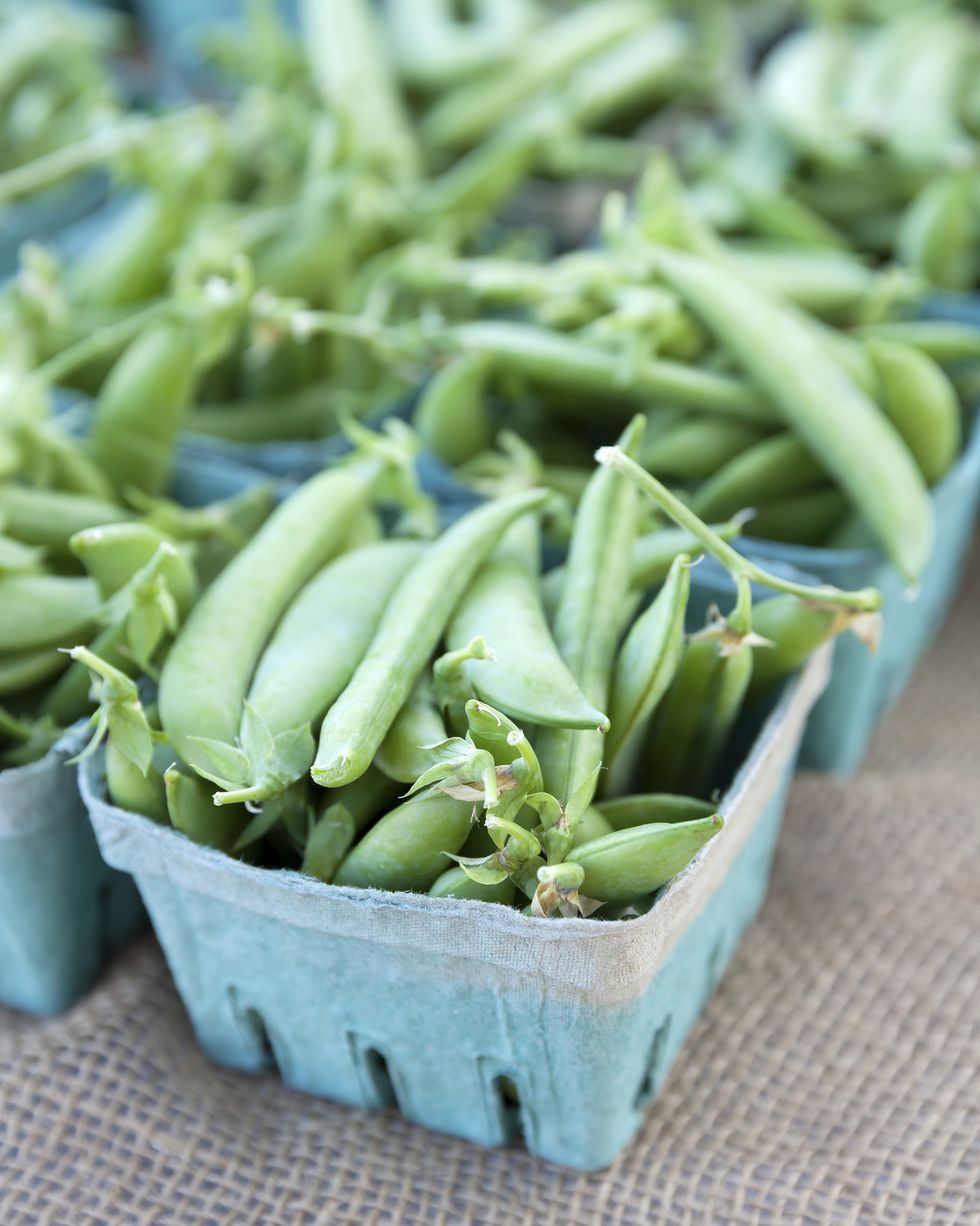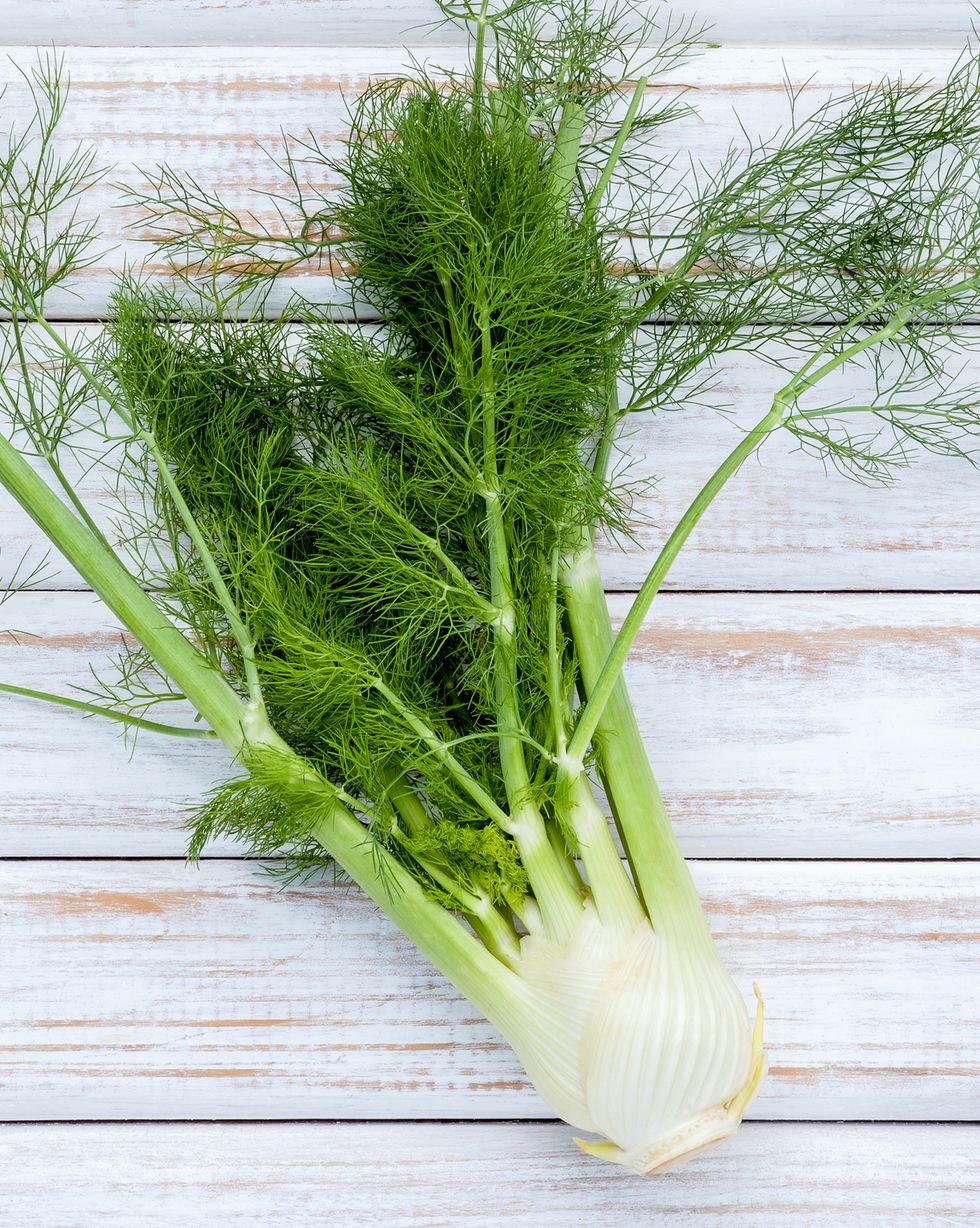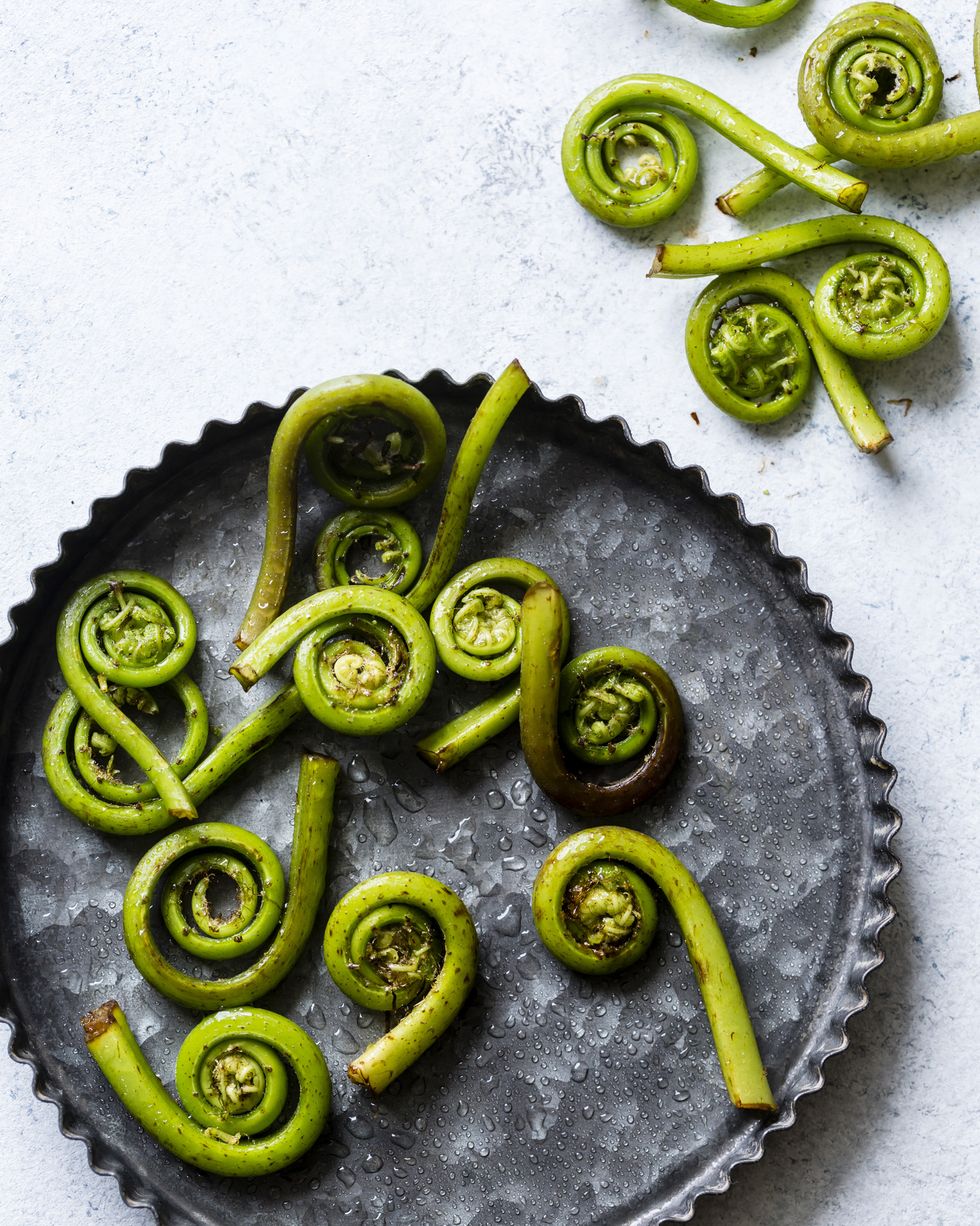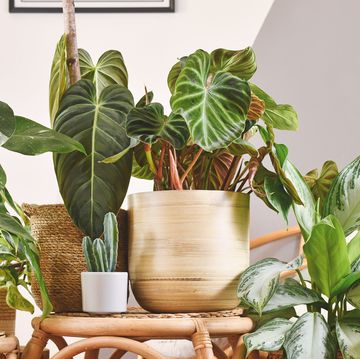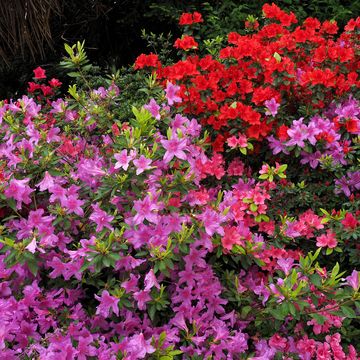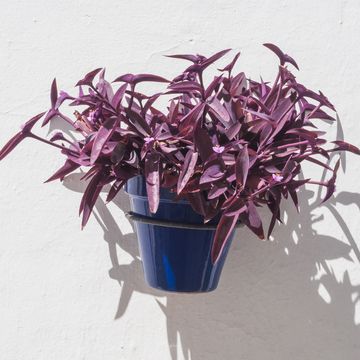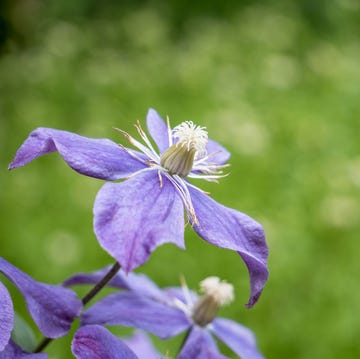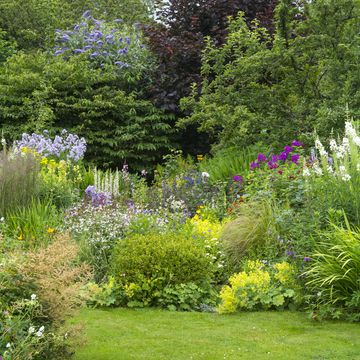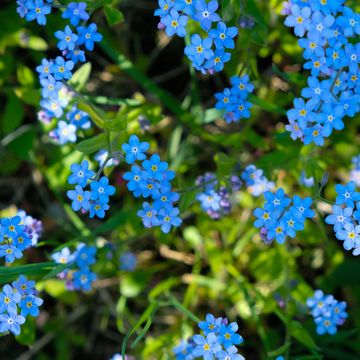18 Spring Vegetables That Are Best While the Weather is Cool
Grab these greens and eat 'em before the weather heats up!
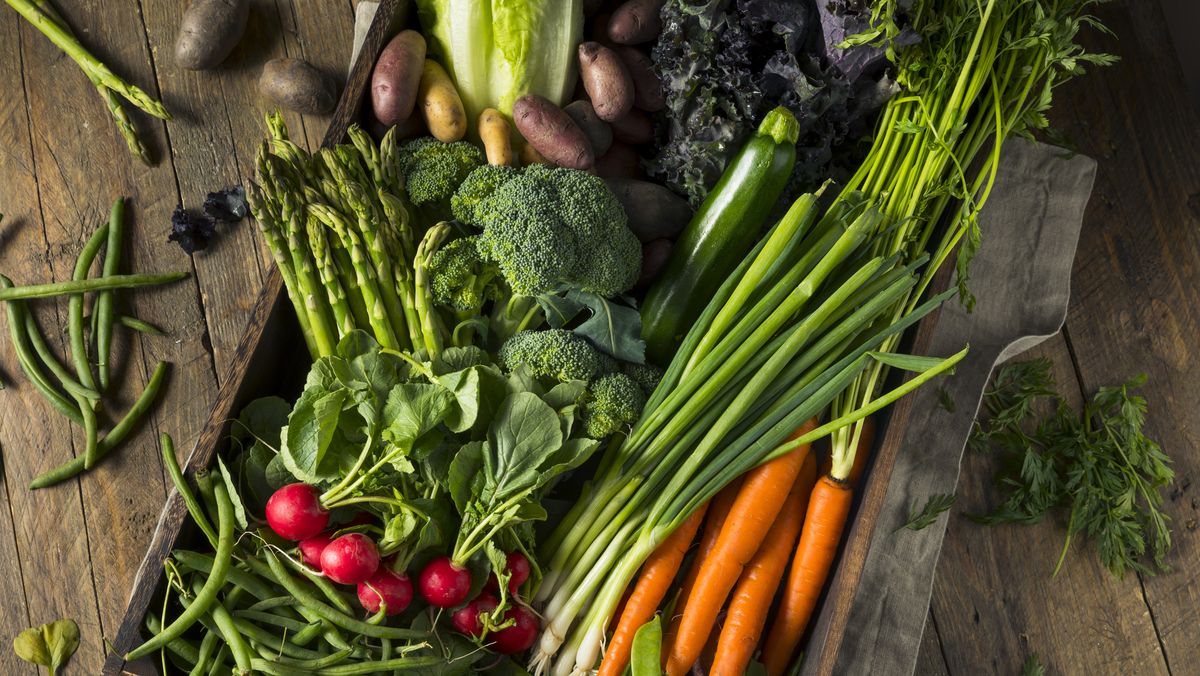
Sure, summer has its berries and all those tomatoes, and fall is known for a literal cornucopia of produce, but forgive us for thinking that spring is the actual best season for fresh vegetables.
Maybe it's just because, after a long winter, the profusion of crunchy, sweet, snappy spring vegetables always feel like such a breath of fresh air. Salads are light and fun to eat again. Spring dinners don't feel like they're weighing you down. And cooking with produce starts to feel fun again!
Below, find our roundup of favorite spring vegetables. These are the garden greens and farmers' market hauls that are available in most of the country sometime between March and May, plus some ideas on how to grow your own or prepare them.
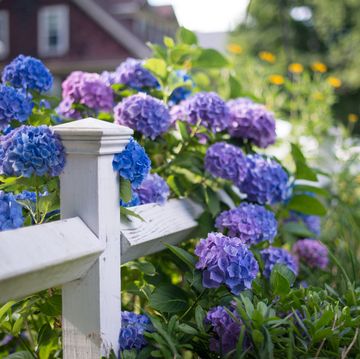
Grow Hydrangeas Like a Master Gardener!

21 Indoor Plants That Are Easy to Grow

Buying a Ficus Tree? Here's What to Know
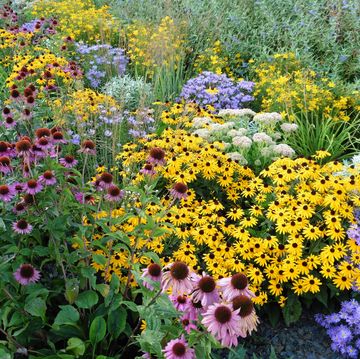
26 Full-Sun Perennials for Your Garden
